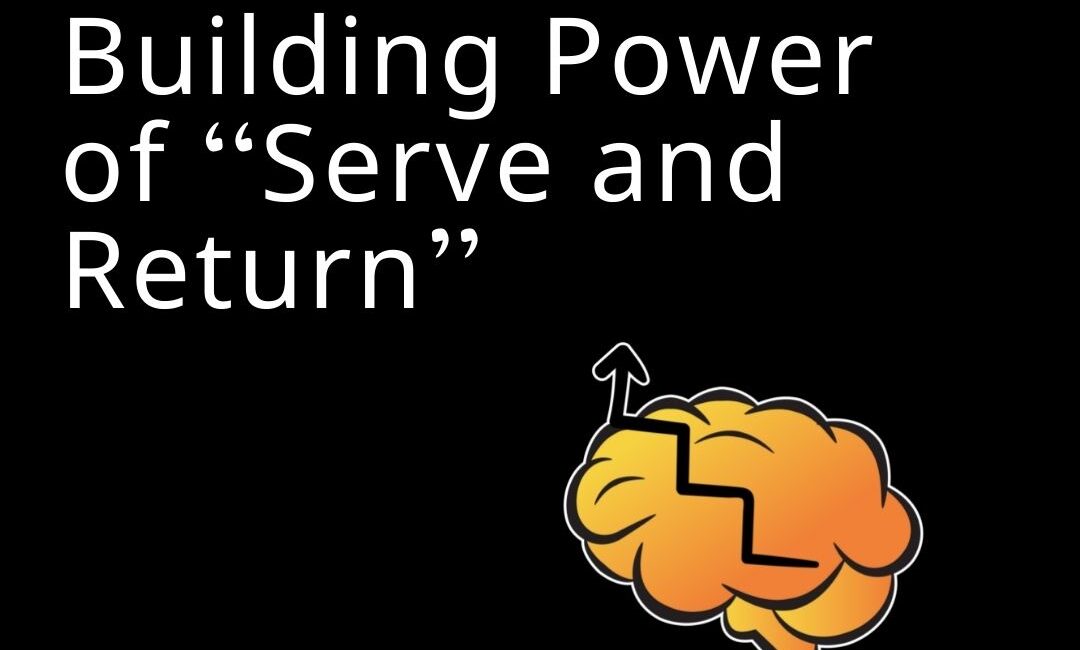To my nerdy little heart’s delight…
It’s Brain Awareness Week!!!
Brain Awareness Week is a global campaign to increase public awareness of the progress and benefits of brain research. I have seen time and time again just how profoundly life can change when we apply a little user-friendly brain science, so I want to share that with YOU!!
Brain science essentials to make your life easier…
Let’s start with this podcast episode where I talk with Shameless Mom Academy host Sara Dean about:
- The major benefits of understanding brain function – to give you power and massive insight to improve the way you live and parent
- What is the most important thing for moms to know about the brain – for yourselves and your kids
- The impact of stress on a baby/child’s brain – and why it’s reversible
- The power of turning toward our trauma instead of hiding it and/or hiding from it
What is “Serve and Return” and why does it matter?
If you’ve met me, you probably know that I love sharing brain science with everyone who will listen. One of the reasons is that you play a critical role in shaping other people’s brains, especially kids! I want to help you use that power for good! First, I want to share a little about an important brain building tool that can start in infancy. I know many of you reading this blog are working with or parenting much older children. Hang with me!! I will also share some ways we can make up for lost opportunities. There’s hope, my friend. It’s a brain thing!
Being a brain builder
Even before babies can talk, simple “serve and return” interactions help make strong connections in the developing brain. Serve and return is the back-and-forth “dialogue” between little ones and their “safe big critters.” Remember this viral video of comedian DJ Pryor and his son?
That’s serve and return in action! I can practically SEE this baby’s brain grow during this one minute of affirming, attuned, back-and-forth interaction with his dad.
Let’s break it down a little further…
Harvard’s Center for the Developing Child shares 5 simple steps for putting this brain-building strategy into practice.

- Share the focus
- Support and encourage
- Name it!
- Take turns
- Practice endings and beginnings
Watch the quick video here!
What does this look like with older children?
Great question! In many ways, serve and return interactions continue throughout the lifespan. Think of interactions with friends or loved ones that feel satisfying. My guess is that you are experiencing some elements of those 5 steps above! I don’t really care about video games, but part of my practice of “serve and return” with my 8, 11, and 13-year-old sons involves sharing the focus and encouraging some interaction about what interests them. It has brain- (and relationship-)building powers!!
Making it playful
Here’s a fun origami game from Tennessee’s Building Strong Brains project for any kids who might benefit from a little extra “serve and return” time (AKA: everyone!). I tested it out with my kids a while back. They had started the day with lots of bickering (that only happens in my house, right?). This game really helped us shift! It created some fun interactions between brothers and lightened the mood.







